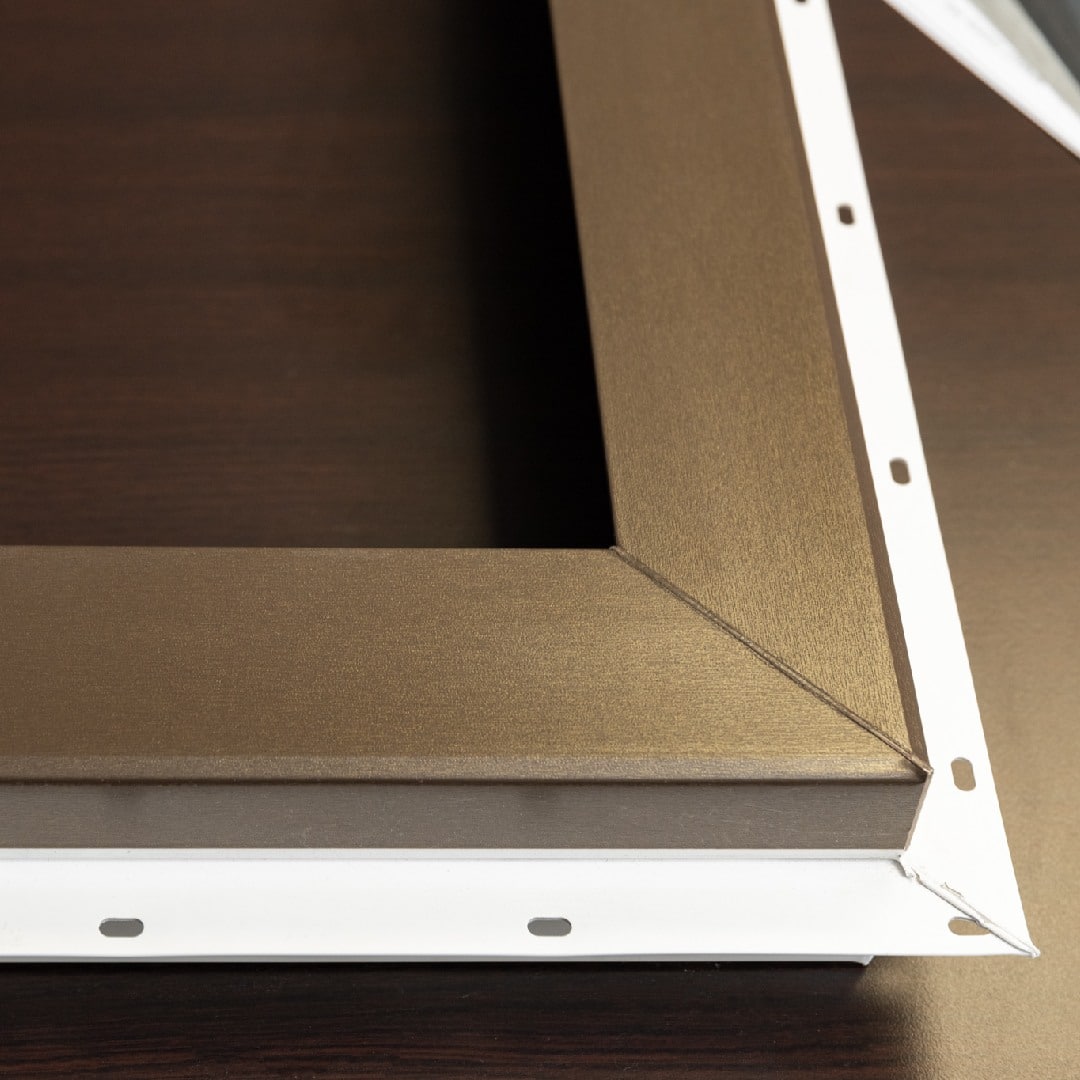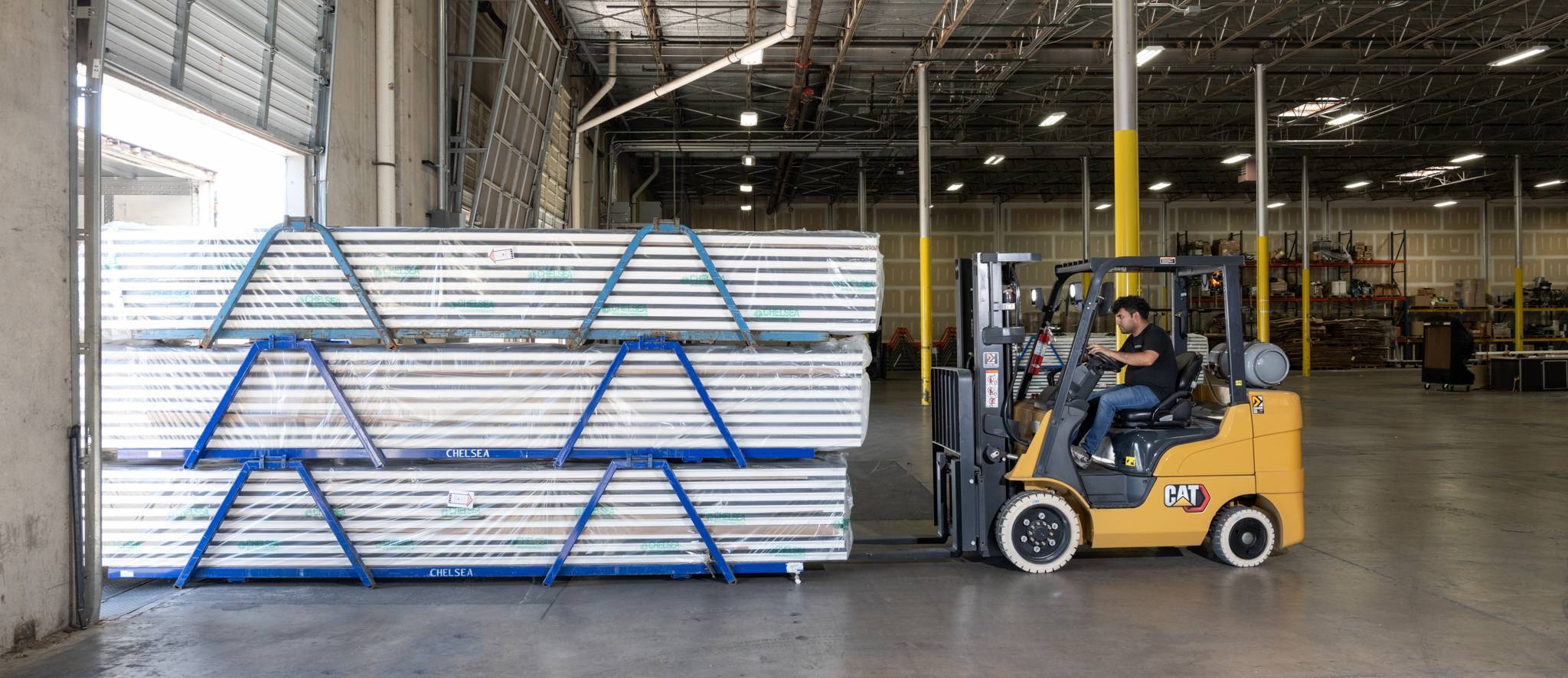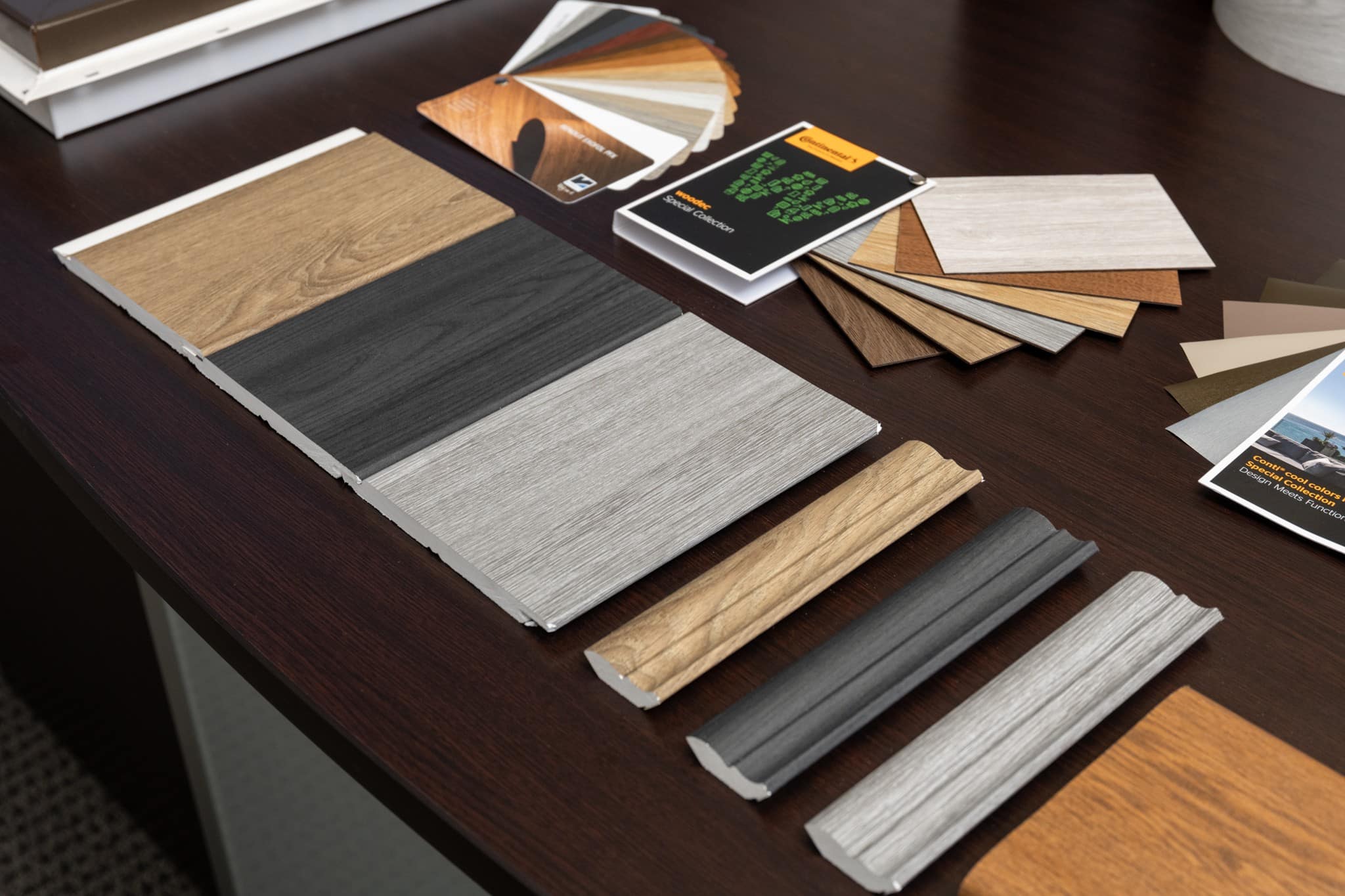Profile wrapping is the secret behind the seamless, high-quality finishes seen on furniture, doors, windows, and decorative trims. This advanced technique enhances aesthetic appeal, durability, and cost-efficiency, making it a game-changer in construction and interior design. Whether it’s creating a wood-like texture without the expense of solid hardwood or adding a protective layer to withstand daily wear and tear, profile wrapping delivers precision and performance.
With advancements in adhesives, laminates, and automation, manufacturers can achieve stunning, long-lasting results. Understanding the technology behind profile wrapping helps in making informed decisions about materials, processes, and industry standards.
Profile Wrapping Technology
Profile wrapping is a process that applies decorative and protective coatings to materials like wood, MDF, PVC, and aluminum. This method allows manufacturers to create high-quality finishes that mimic real wood, metal, or other materials—without the cost and maintenance drawbacks of solid alternatives.
Profile wrapping technology is widely used in both residential and commercial applications, including:
- Doors and windows – Providing a durable, weather-resistant finish
- Furniture and cabinetry – Enhancing visual appeal and longevity
- Architectural moldings and trims – Ensuring a consistent, premium look
Unlike traditional painting or staining, profile wrapping offers:
- A consistent and flawless finish
- Cost efficiency by reducing waste
- Moisture and wear resistance for longer-lasting surfaces
- A wide variety of textures, patterns, and colors
See how profile wrapping is shaping design trends in 2025.
Historical Development
Profile wrapping started as a manual process using basic adhesives and laminates. Over time, innovations have transformed the industry:
- Hot melt adhesives (EVA, PUR) replaced slow-drying glues, improving strength and speed.
- Digital printing technologies now produce hyper-realistic textures that rival natural wood and stone.
- Automated wrapping machines ensure precision and efficiency, reducing material waste.
Modern Innovations
Today’s advancements have made profile wrapping smarter and more sustainable:
- UV-resistant laminates—Perfect for outdoor applications.
- Self-healing finishes—Minor scratches disappear over time.
- Low-VOC adhesives—Safer for both manufacturers and end users.
By combining cutting-edge materials with automation, profile wrapping has become the go-to solution for modern construction and interior design.
Manufacturing Process
Surface Preparation
Before applying any laminate, the substrate must be cleaned, primed, and smoothed to ensure strong adhesion. Different materials require different preparation methods:
- Wood/MDF – Sanding and priming are essential.
- PVC/Aluminum – Cleaning with chemical solutions for better adhesive bonding.
Adhesive Application
Adhesives play a key role in profile wrapping. Common types include:
- Hot Melt Adhesives – (EVA, PUR, PO) Fast drying and strong adhesion.
- Solvent-Based Adhesives – Used for high-strength applications.
- Water-Based Adhesives – Eco-friendly with low VOC emissions.
Foil or Laminate Selection and Application
A variety of materials are used for profile wrapping:
- PVC Foils – Great for durability and moisture resistance.
- Wood Veneers – Natural aesthetic without solid wood costs.
- PP & PET Films – Environmentally friendly alternatives.
- HPL (High-Pressure Laminates) – Best for heat and scratch resistance.
During the wrapping process, the laminate is carefully aligned, pressed, and bonded onto the substrate for a perfect finish.
Curing and Drying Process
Once wrapped, the product undergoes heat, pressure, or UV curing to solidify the adhesive bond, ensuring long-term durability.
Quality Control and Final Inspection
Advanced automated scanning systems check for imperfections such as:
- Bubbles or wrinkles
- Misalignment
- Adhesion failures
Additionally, wrapped profiles are tested for scratch resistance, moisture resistance, and impact durability.
Industry Standards
Like any advanced manufacturing process, profile wrapping must meet strict quality, safety, and environmental regulations.
Key Certifications:
To ensure safety and sustainability, profile wrapping materials must meet:
- Flammability Standards—ASTM E84, UL 723 compliance.
- VOC Emission Limits—CARB Phase 2 & LEED certification.
- Sustainability Certifications—FSC, GreenGuard, and EPDs.
Learn more about USGBC requirements for sustainable materials.
Testing & Quality Assurance
Manufacturers follow ISO and ASTM testing standards to ensure profile-wrapped products meet durability and performance benchmarks.
Technical Specifications
Precision is everything in profile wrapping. Advanced machinery ensures perfect application, strong adhesion, and consistent finishes.
Profile Wrapping Machines
- Fully Automatic Machines – High-speed, precision wrapping for mass production.
- Semi-Automatic Machines – Cost-effective for smaller operations.
Key features include:
- Adjustable feed speeds – Customizable for different materials
- CNC-guided rollers – Ensuring accuracy down to the millimeter
- Heat and pressure regulation – Optimizing adhesive performance
Adhesive Application Systems
Modern systems improve bond strength and energy efficiency:
- Hot melt applicators – Ensuring fast, secure adhesion
- Spray systems – Ideal for irregular surfaces
- Roller coaters – Evenly distributing adhesives
Digital Control Systems
With AI and CNC automation, manufacturers minimize waste, speed up production, and ensure pinpoint accuracy.
Environmental Control Units
Maintaining optimal temperature and humidity prevents adhesive failures and material warping, ensuring consistent quality every time.
Material Science
The strength, flexibility, and sustainability of profile wrapping depend on the substrate and laminate materials used.
Core Materials
- MDF (Medium-Density Fiberboard) – Cost-effective, smooth, and easy to wrap
- Aluminum & Composites – Strong, lightweight, and ideal for high-performance applications
- Solid Wood – A Premium look but requires more maintenance
How Materials Affect Performance
- Durability—Stronger substrates last longer.
- Flexibility—Some materials are easier to wrap than others.
- Sustainability—Recycled and low-emission options help reduce environmental impact.
Eco-Friendly & Sustainable Practices
Modern profile wrapping focuses on:
- Recycled materials – Many laminates use recycled content
- Low-VOC adhesives – Reducing harmful emissions
- Water-based coatings – Safer for both workers and the environment
Read about the environmental and economic benefits of profile wrapping.
Stealth Finishing: Quality Services for Every Project
You need profile wrapping solutions that look great, last long, and fit your project’s needs perfectly. With over 40 years of experience, Stealth Finishing specializes in custom finishes for doors, windows, decorative laminates, and furniture trim. Whether it’s a one-time custom job or high-volume production, we use advanced wrapping machines and robotic automation to ensure precision and consistency. Explore our full range of services.Every project meets strict industry standards with quick turnaround times to keep you on schedule. Need an expert consultation? Call (214) 814-4101 or request an estimate today.



